Today, Sweden takes over the UN Security Council presidency.
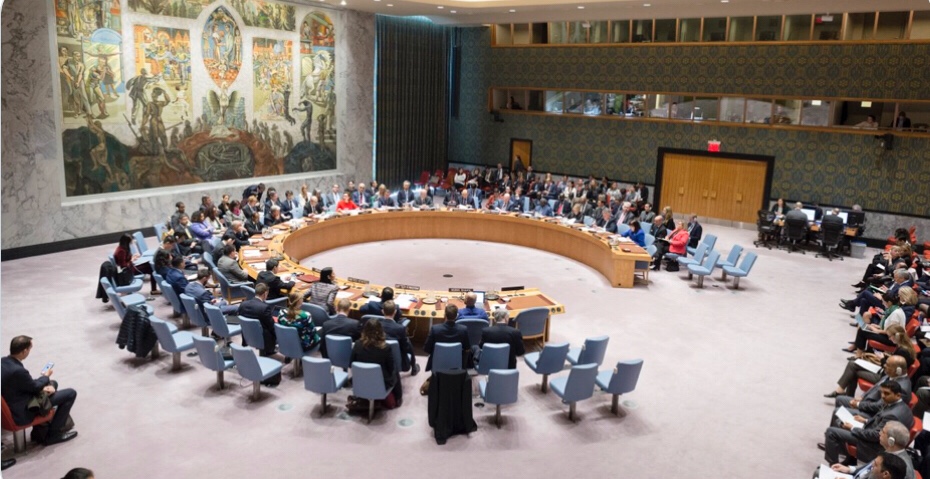
Tomorrow at 2pm, Swedish UN Ambassador Olof Skoog will present the programme of work for the month of July.
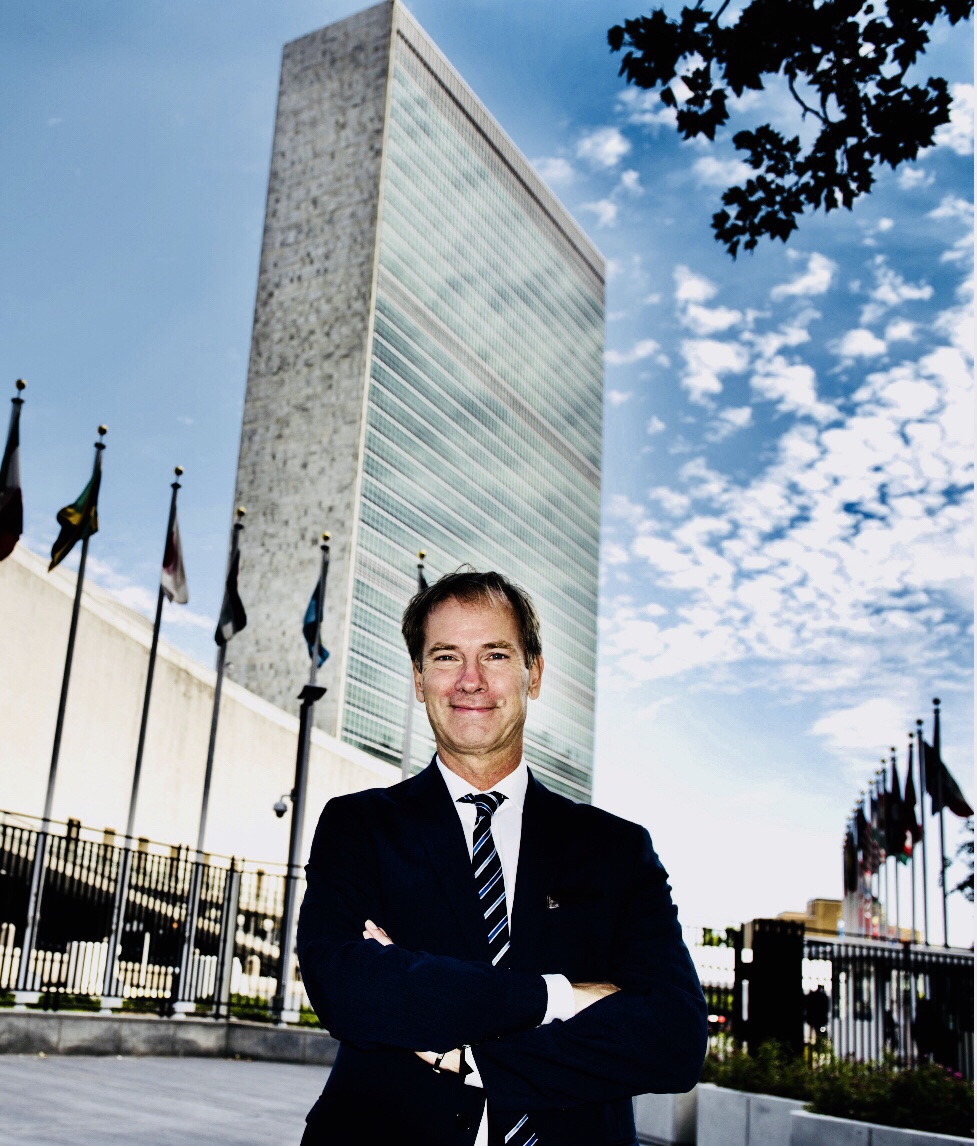
Under the Charter, the Security Council has primary responsibility for the maintenance of international peace and security. It has 15 Members, and each Member has one vote. Under the Charter, all Member States are obligated to comply with Council decisions.
The Security Council takes the lead in determining the existence of a threat to the peace or act of aggression. It calls upon the parties to a dispute to settle it by peaceful means and recommends methods of adjustment or terms of settlement. In some cases, the Security Council can resort to imposing sanctions or even authorize the use of force to maintain or restore international peace and security.
One of the things I sincerely dislike the most in life is airplane delays or cancellations. I do intellectually understand that it doesn’t happen very often and that it is sometimes unavoidable – but the damage it causes to us, the travellers, is enormous.

What I really dislike is the attitude from the airlines when it happens. Too often te airline becomes another type of company when these crises happend.
Suddenly the service is gone. The smile is replaced by lack of information, references to rules, or sometimes – like this time – even by rudeness. I am stuck in Brussels on my way to an important event in China, which I have prepared for months.
It doesn’t really help being asked to wait for hours in a telephone queue. Then being neglected or ignored.
Even though I have travelled more than most people in my days I never learn to handle this situation with grace. I just get frustrated, angry and very sad over the way airlines treat their long-term customers when something goes wrong.
Today is exactly 50 years since the EU Customs Union came into force back in 1968. This is the largest and most advanced Customs Union in the world to date.

Borne out of the landmark post-war agreements that paved the way for European integration, the Customs Union opened for budiness in 1968. By abolishing customs tariffs for trade in goods within what is now the EU, the Customs Union marked the first decisive step towards the EU becoming the world’s largest trading bloc, with the 28 customs administrations of the EU acting as though they were one entity.
Over the past 50 years, the Customs Union has developed into a cornerstone of our Single Market, keeping EU borders safe and protecting our citizens from prohibited and dangerous goods such as weapons and drugs. It also facilitates an ever-growing portion of global trade: EU customs handled 16% of the world’s commerce in 2017.

On 1 July 2018, exactly 50 years after the Customs Union was established, the Commission is organising events at airports and schools across the EU to raise awareness of this extraordinary achievement.
In the link below you can see how some people remember some of the biggest milestones in its history.
You can read about the history of the EU Customs Union here: EU Customs Union 50 year birthday

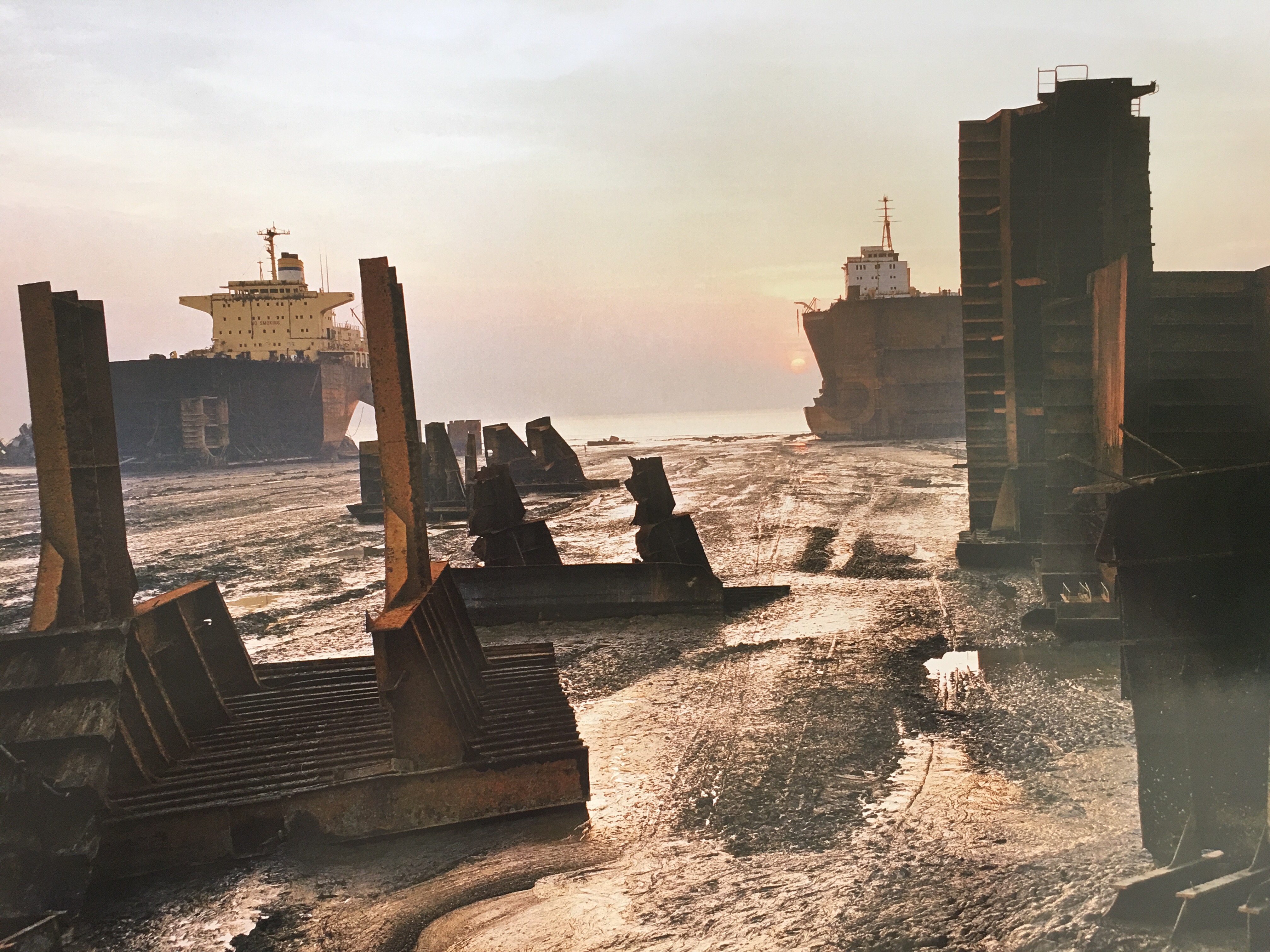
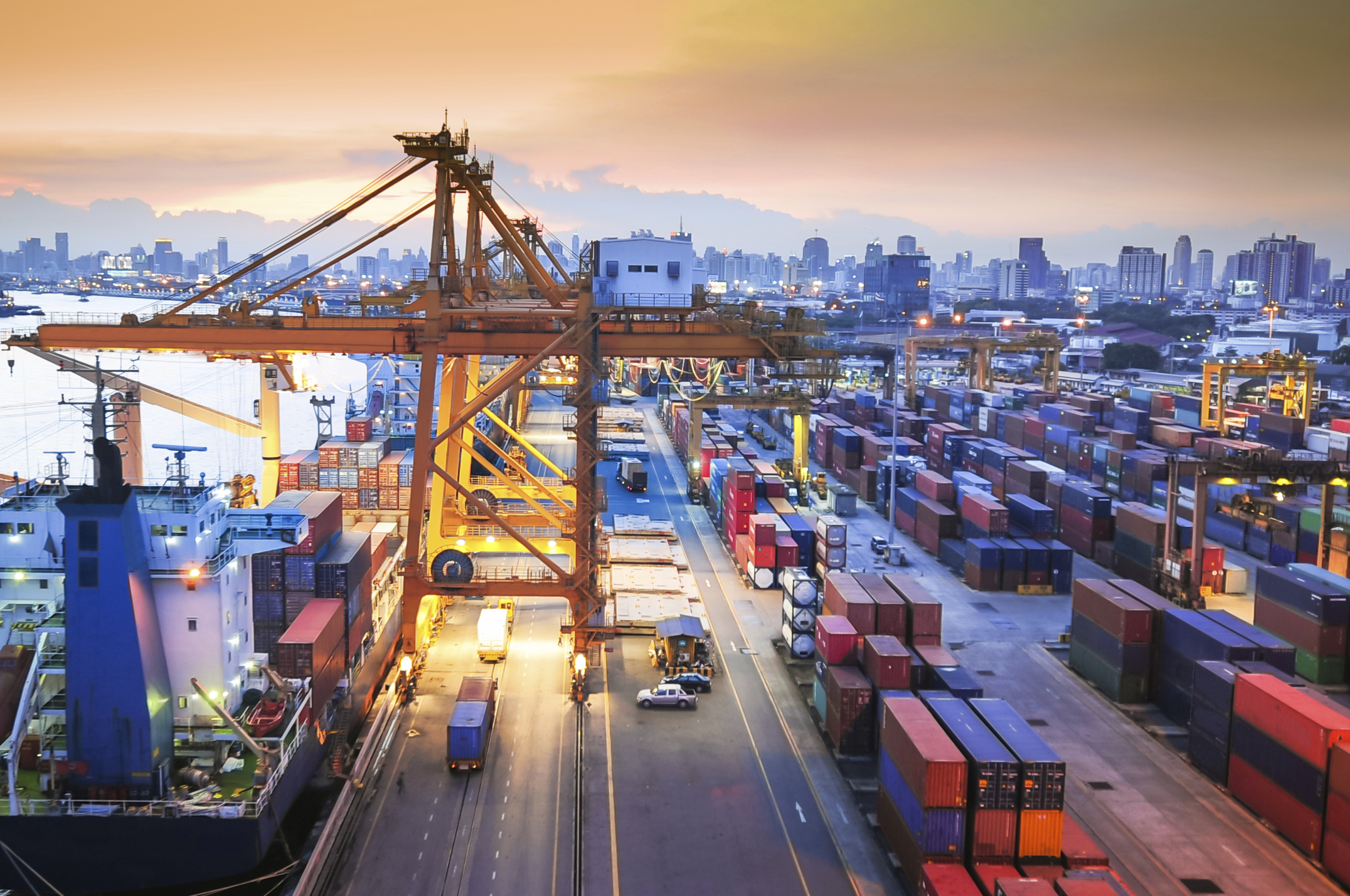
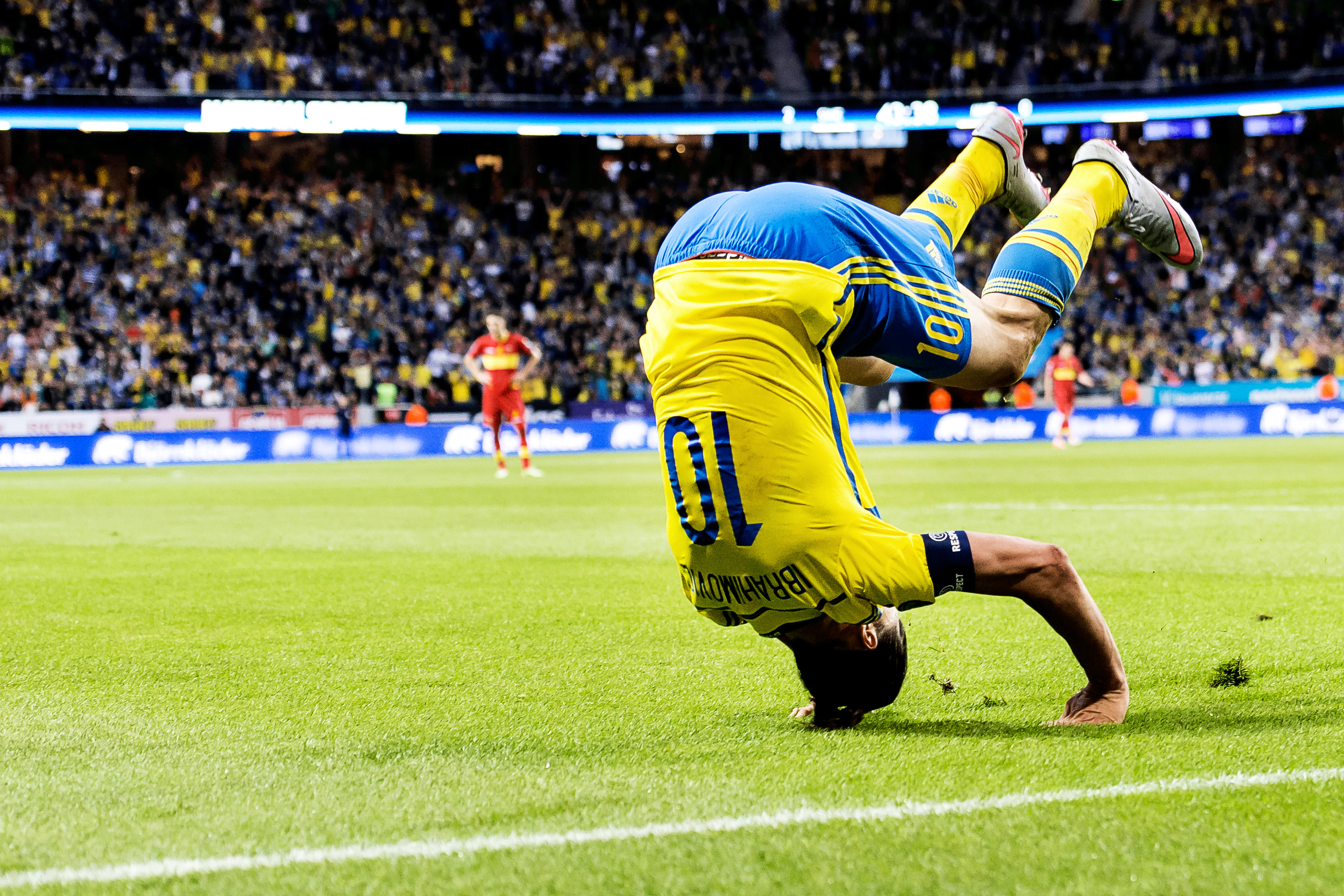


You must be logged in to post a comment.